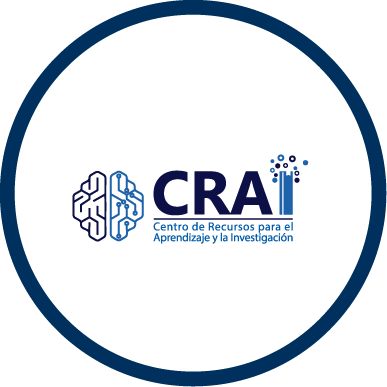Barreras de acceso a los servicios preventivos de salud en niños y adolescentes: artículo de revisión
Access to preventive health services in children and adolescents, includes monitoring growth and development, immunization, oral health, pregnancy prevention, among others, which must be provided by the health system, with quality attributes and opportunity. However, the right of access to these ser...
Saved in:
| Main Author: | |
|---|---|
| Other Authors: | |
| Format: | Trabajo de grado (Pregrado y/o Especialización) |
| Language: | spa |
| Published: |
Universidad Antonio Nariño
2022
|
| Subjects: | |
| Online Access: | http://repositorio.uan.edu.co/handle/123456789/6553 |
| Tags: |
Add Tag
No Tags, Be the first to tag this record!
|
| Summary: | Access to preventive health services in children and adolescents, includes monitoring growth and development, immunization, oral health, pregnancy prevention, among others, which must be provided by the health system, with quality attributes and opportunity. However, the right of access to these services is not always guaranteed, when economic, cultural, geographical, or administrative access barriers are configured. Consequently, preventable diseases, neglect of controls, nutritional problems, sexual and reproductive health problems, and lack of detection of disorders in the young can occur in both age groups. Objective: Analyze the barriers to access to preventive health services in children and adolescents worldwide METHODS: A qualitative narrative review was carried out from May to November 2020, answering the question: What are the barriers to access to preventive health services in children and adolescents worldwide? The search was carried out in the PubMed, ScienceDirect, Sage and Oxford databases, selecting full text articles, in Spanish and English, from 2015 to 2020. The CASPE method was used to perform critical reading. CONCLUSION: Despite the high health coverage in most of the countries analyzed, access barriers persist due to issues that are mostly related to sectors other than health, lack of intersectoral work and education in all groups of interest, producing an increase in the incidence and prevalence of preventable diseases. |
|---|




